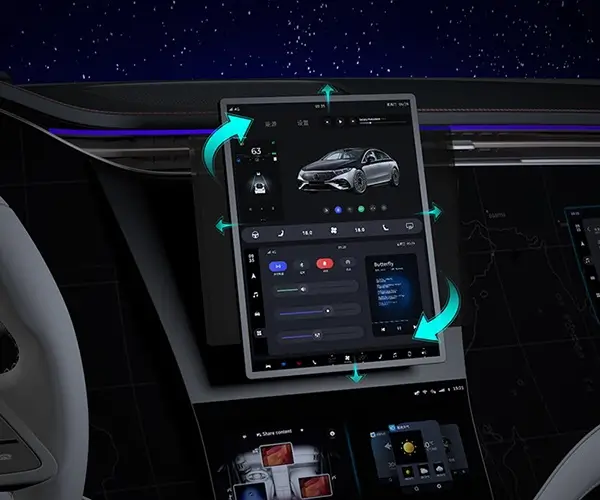Imagine a tiny marvel inside machines, quietly working away, turning commands into precise movements—that’s a servo motor. It’s like a master puppeteer behind the scenes, controlling everything from robotic arms to camera lenses. Ever wonder how that super-smooth rotation happens without a fuss? It all comes down to its clever design and a few simple principles.

At its core, a servo motor is a compact device equipped with a motor, a feedback sensor, and a control circuit. When you give it a signal—say, to rotate 90 degrees—it doesn't just spin randomly. Instead, the feedback sensor keeps tabs on the motor's position, constantly updating the control circuit. This real-time data helps the motor adjust its movements on the fly, making sure it hits exactly where it’s supposed to—like a driver constantly correcting the steering to stay on the road.
What makes a servo motor stand out? Precision. Unlike ordinary motors that spin until power is cut off, servo motors are designed for accuracy and repeatability. Think of a camera autofocus system; it needs to know exactly where the lens should be to get a clear shot. That’s the magic of servo technology. Whether it’s in drones adjusting a camera angle or industrial robots assembling tiny parts, servo motors deliver smooth, controlled motion that’s repeatable across countless cycles.
People often ask, “How does the servo know where to stop?” It's all in the feedback system. The sensor—either an encoder or a potentiometer—pinpoints the position. When the motor nears the target, the control circuit gently reduces power, bringing movements to a stop. If you push it past the mark, it immediately corrects back. That instant correction is why movements feel so fluid and exact.
Imagine deploying servo motors in robotics: they can handle tiny, delicate tasks or powerful rotations, depending on the model. The key differences? Torque, speed, and size. Smaller servo motors excel in lightweight applications, like model airplanes or art installations, while beefier ones move larger parts in manufacturing. Some use brushless motors for longevity and efficiency, reducing wear and tear over time.
If you’re thinking about integrating servo motors into your project, consider what you need: high precision or raw power? That choice shapes your selection. It’s like choosing between a sportscar and a truck—you need to match the motor’s capabilities to your task. For example, choosing a high-torque servo for a robotic arm lifting heavy objects ensures it performs reliably without slipping or overheating.
What about maintenance? Good question. These motors are pretty resilient but keeping them cool and protected from dust helps. Also, picking the right voltage and avoiding overloading extend their lifespan. When properly maintained, servo motors are long-term partners in automation, offering consistent performance without a fuss.
So, if you're wondering whether a servo motor is the right fit—think about the precision, control, and reliability you need. From tiny gadgets to heavy-duty machinery, they power a wide range of applications, quietly doing their job without drawing much attention. That's the charm of a servo motor: small but mighty, adaptable to all kinds of needs, always ready to deliver smooth, precise movements.
Established in 2005, Kpower has been dedicated to a professional compact motion unit manufacturer, headquartered in Dongguan, Guangdong Province, China. Leveraging innovations in modular drive technology, Kpower integrates high-performance motors, precision reducers, and multi-protocol control systems to provide efficient and customized smart drive system solutions. Kpower has delivered professional drive system solutions to over 500 enterprise clients globally with products covering various fields such as Smart Home Systems, Automatic Electronics, Robotics, Precision Agriculture, Drones, and Industrial Automation.




































